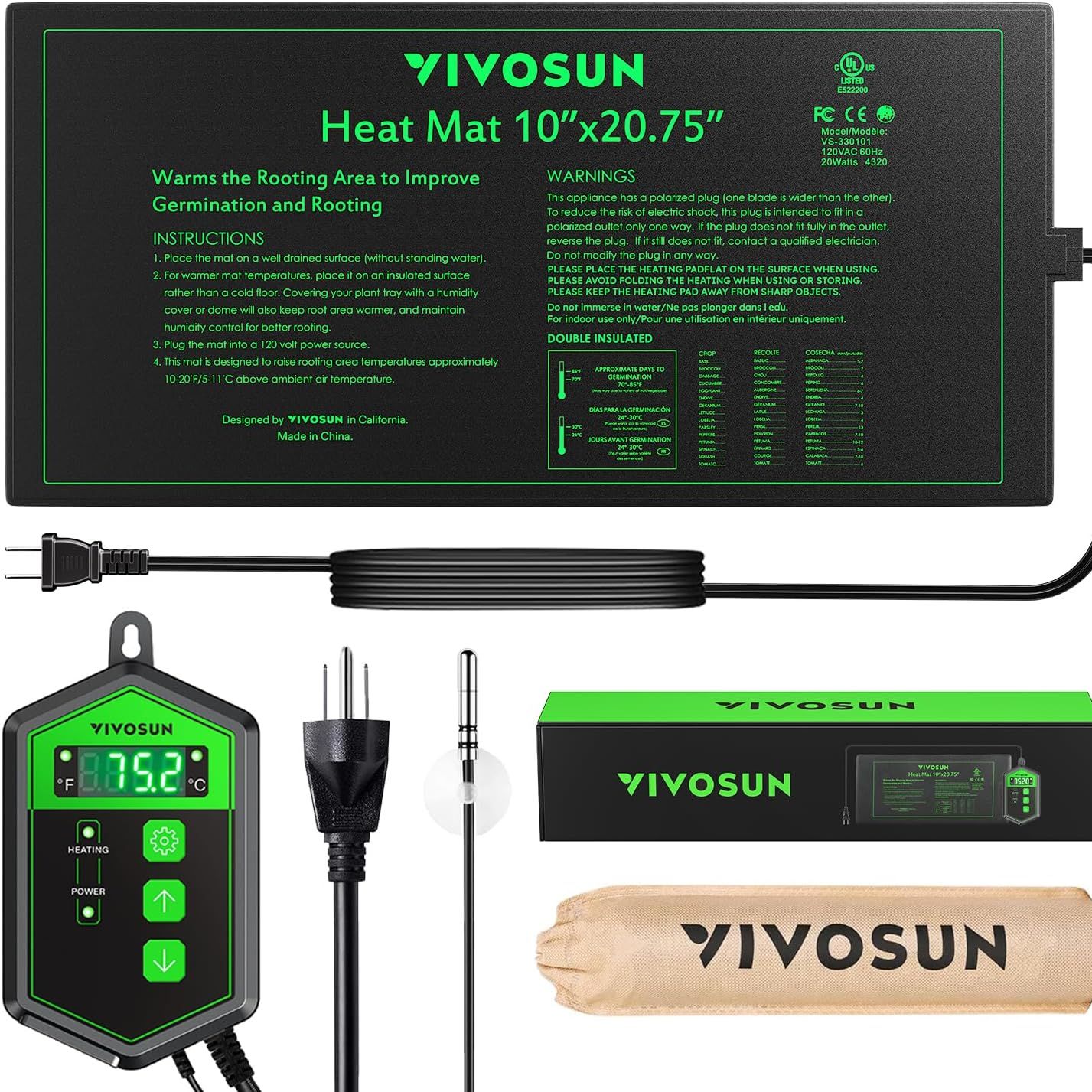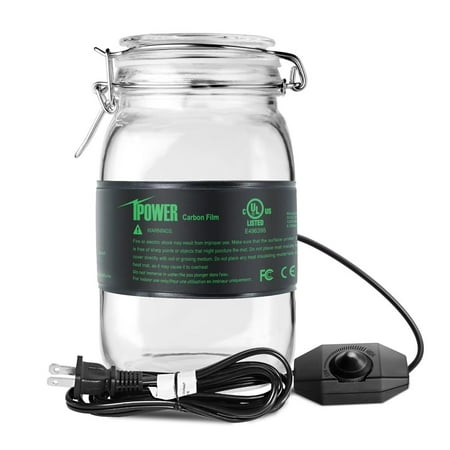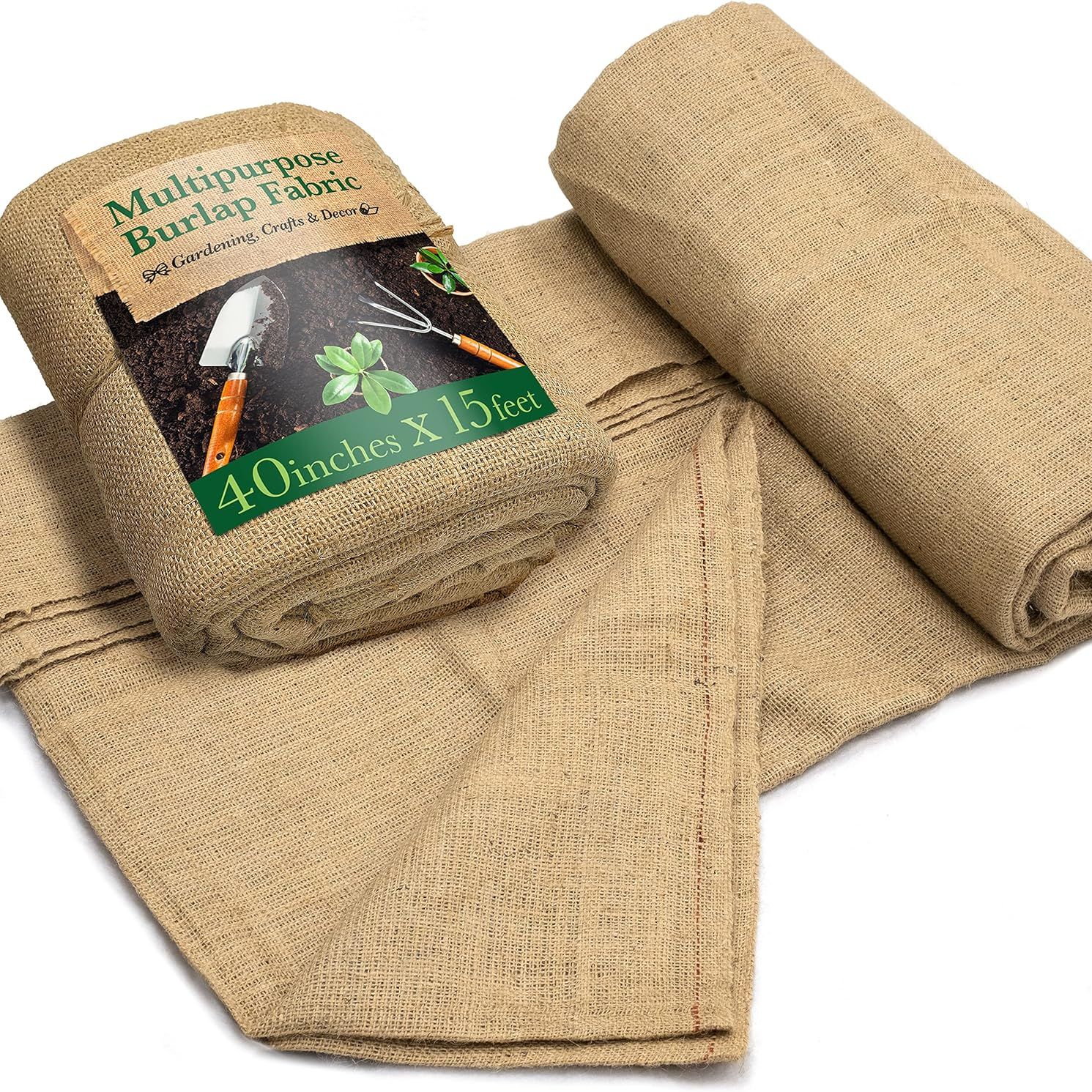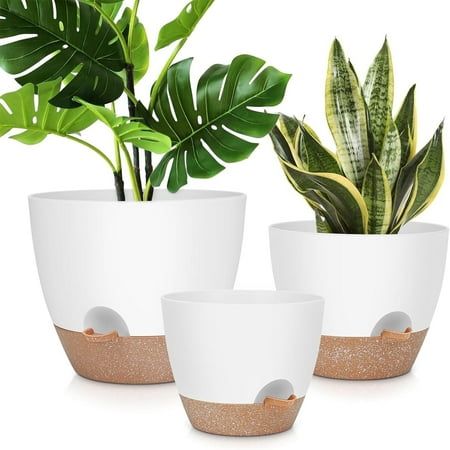I Use an Unexpected Tool to Stop My Houseplants Drooping Every Winter – It Costs Less Than $17 and Reliably Keeps Them Warm for Minimal Effort
A seedling heat mat can be used in a number of ways


As a proud houseplant parent and journalist who writes about plants for a living, there's one thing I always tell people: winter is the most important time of year for houseplant care. It's when your indoor plants are at their most vulnerable, with dropping room temperatures being one of the main causes of foliage drooping and roots rotting. But, I have one easy hack to stop this problem: a seedling heat mat.
Getting my seedling heat mat out is at the top of my winter houseplant care regime, as it helps to control the growing environment of my plants when the room temperature suddenly drops. What's even better, I've just spotted Walmart are offering two seedling heat mats for just $17 – a bargain that will allow you to keep lots of houseplants warm this winter.
By placing houseplants on top of these heat mats, they can grow in a consistent warm temperature, keeping them happy through the coldest months. And not only is the current deal from Walmart good value for money, the 4.6 star ratings rave about the mats' reliability, efficiency, and high-quality construction.

Use these seedling heat mats to keep houseplants warm in winter, for growing seeds, and for propagation. The mats are waterproof and easy to clean, they heat up quickly to a temperature between 70-85°F, and they measure 10"-20.75", ideal for seed trays and small-medium plants.
Why I use a seedling heat mat to keep houseplants warm
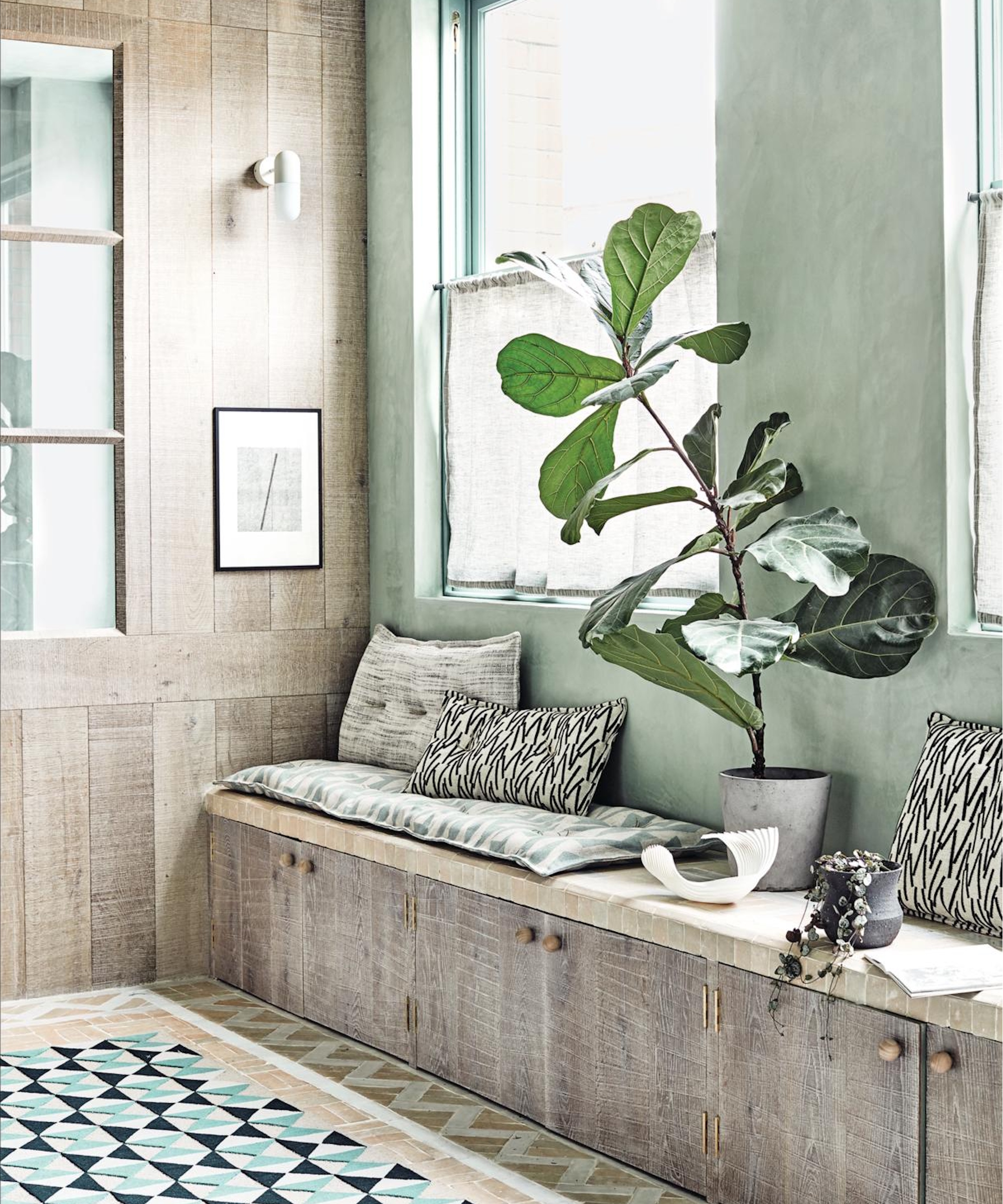
Houseplants are not the first thing you would think to use a seedling heat mat for, but I promise it's the secret weapon to avoid common winter houseplant care mistakes.
When winter comes around, you can feel room temperatures drop –and so can your plants. This drastic change can impact them in a number of ways, from drooping foliage to browning leaf tips.
On top of this, it's a common error to not adjust houseplant watering in winter. As the plants' growth slows down at this time of year, they don't take up so much water. Excessive moisture in their soil mixed with cold temperatures can accelerate issues like houseplant root rot.
This is where my handy seedling heat mat saves the day. Providing a stable warm temperature (ideally between 65-75°F for many of the best tropical indoor plants) stops these symptoms from happening.
Design expertise in your inbox – from inspiring decorating ideas and beautiful celebrity homes to practical gardening advice and shopping round-ups.
The warmth from beneath the plants also helps soil to dry more quickly, reducing the likelihood of oversaturation and root rot.
A word of warning with this hack: it isn't always ideal to place a houseplant pot directly onto the surface of a heat mat. This can be a too-hot environment (depending on the temperature of the heat mat and needs of your plants), drying soil too quickly and dehydrating or burning roots.
I avoid this by simply placing plastic plant trays (from Amazon) in between the the heat mat and my plant pot as a buffer.
What shoppers love about the Walmart seedling heat mats
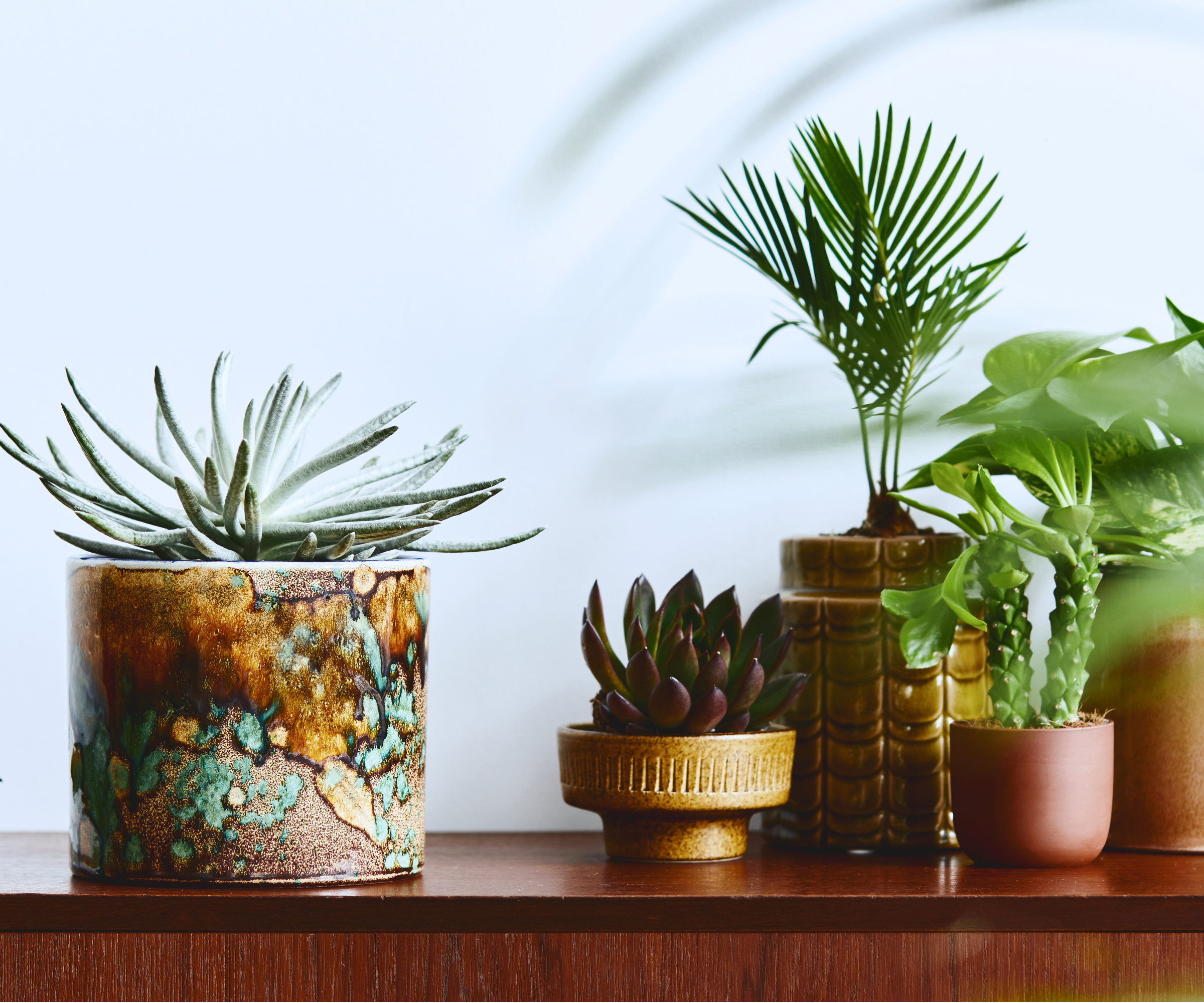
The Walmart seedling heat mats have positive reviews from satisfied customers who say they work efficiently:
'This worked way better than I ever thought it would. This mat made my marigold seeds sprout in two days,' one shopper writes.
As an indoor growing system to keep houseplants warm in winter, one customer shares:
'I used these to wrap around a very large pot for an indoor tree. They hold the soil a few degrees above ambient temperature and have a lot of surface area.'
This perfectly demonstrates the versatility of the Walmart seedling heat mats. Plus, after the winter months have passed and your houseplants no longer need the extra warmth, you can add it to your kit for sowing seeds in spring.
The reviews also reveal the seedling heat mats hold up over time, with shoppers calling them reliable and highly constructed.
A downside to the Walmart seedling heat mats is that you can't adjust the temperature. The description notes it maintains a temperature between 70-85°F.
'I wish it had a temperature control, but it's great for the price,' one person writes.
You can purchase seedling heat mats with a thermostat (like this from Amazon), though they're typically sold at a higher price than Walmart's two seedling heat mats for $17.
You can also get around this temperature control issue. For example, as I mentioned above, by placing a fire-safe buffer (like these plastic plant trays from Amazon) in between the mat and your plants to make it less intense for plant roots.
Of course, the impact of this temperature control issue also depends on what you're using the seedling heat mats for:
'Not too hot, not too cold. I used them under two terrariums made from old aquariums,' one person shares. 'My caladiums and fittonias loved them,' they note.
The best thing to do is research optimal temperatures for the plants you intend to use the heat mats for and act accordingly.
Shop our houseplant winter essentials edit
If you're new to looking after houseplants, consider adding some of the best winter houseplants to your home this season. These are indoor plants that are better suited to low-light, cold conditions. And if any of you houseplants do experience symptoms from dropping temperatures, read our advice on how to revive houseplants from cold damage.

Tenielle is a Gardens Content Editor at Homes & Gardens. She holds a qualification in MA Magazine Journalism and has over six years of journalistic experience. Before coming to Homes & Gardens, Tenielle was in the editorial department at the Royal Horticultural Society and worked on The Garden magazine. As our in-house houseplant expert, Tenielle writes on a range of solutions to houseplant problems, as well as other 'how to' guides, inspiring garden projects, and the latest gardening news. When she isn't writing, Tenielle can be found propagating her ever-growing collection of indoor plants, helping others overcome common houseplant pests and diseases, volunteering at a local gardening club, and attending gardening workshops, like a composting masterclass.
You must confirm your public display name before commenting
Please logout and then login again, you will then be prompted to enter your display name.
